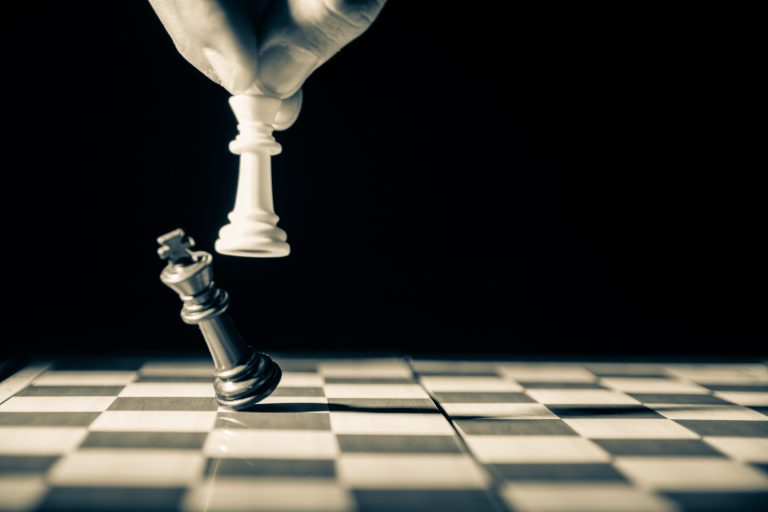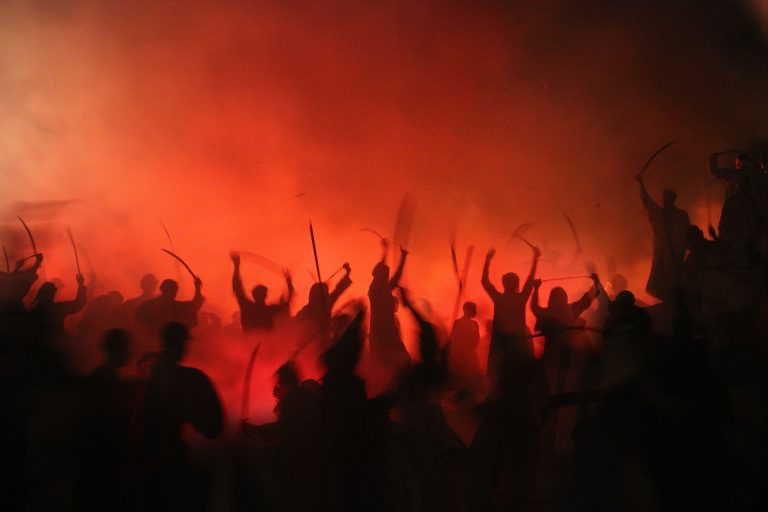Karate Kata: Namen und Bedeutungen
Karate ist eine Kampfsportart, die ihren Ursprung in Japan hat. Eines der wichtigsten Elemente des Karate ist die Kata, eine Abfolge von Bewegungen, die gegen einen imaginären Gegner ausgeführt wird. Während der Ausführung einer Kata werden nicht nur körperliche Fähigkeiten trainiert, sondern auch mentale Aspekte wie Konzentration und Disziplin.
Eine besondere Bedeutung haben die Namen der einzelnen Karate Kata. Jede Kata hat ihren eigenen Namen, der eine bestimmte Bedeutung hat. In diesem Blogpost werden wir einige der bekanntesten Karate Kata Namen und ihre Bedeutungen vorstellen.
Heian Shodan
Die Heian Shodan Kata ist die erste Kata, die Anfänger im Karate lernen. Der Name bedeutet übersetzt “Frieden und Ruhe Nr. 1”. Die Kata besteht aus 21 Bewegungen und ist aufgrund ihrer Einfachheit eine beliebte Kata für Karate-Neulinge.
Tekki Shodan
Die Tekki Shodan Kata ist eine der anspruchsvolleren Kata im Karate. Der Name bedeutet übersetzt “Eisenpferd Nr. 1”. Die Kata unterscheidet sich von anderen Kata durch ihre Fortbewegung in einer geraden Linie und ihre Kicks in ungewöhnlichen Winkeln.
Bassai Dai
Die Bassai Dai Kata ist eine komplexere Kata, die viele Variationen enthält. Der Name bedeutet übersetzt “Festung durchbrechen”. Die Kata besteht aus 42 Bewegungen und ist bekannt für ihre starken Block- und Stößelemente.
Gojushiho
Die Gojushiho Kata bedeutet übersetzt “54 Schritte” und besteht aus zwei Variationen: Gojushiho Sho und Gojushiho Dai. Die Kata ist geprägt von schnellen, fließenden Bewegungen und akrobatischen Elementen.
Naihanchi
Die Naihanchi Kata ist eine der ältesten und grundlegendsten Kata im Karate und wird in vielen verschiedenen Stilen praktiziert. Der Name bedeutet übersetzt “Innenhof” oder “innere Stärke”. Die Kata besteht aus langsamen, kraftvollen Bewegungen und ist darauf ausgerichtet, innere Stärke und Gewandtheit zu entwickeln.
Empi
Empi ist keine klassische Kata, sondern eine Serie von Techniken, die aufeinanderfolgen. Der Name bedeutet übersetzt “Schwalbe fliegt im Sturzflug”. Die Empi-Techniken beinhalten schnelle Bewegungen, Sprünge und Drehungen.
Wie man sehen kann, haben die Namen der Karate Kata eine tiefere Bedeutung, die oft mit der Kata selbst und ihren Bewegungen zusammenhängt. Indem man die Namen und ihre Bedeutungen versteht und sich in der Ausführung der Kata auf seine Bedeutung konzentriert, kann man einen tieferen Einblick in die Kunst des Karate und ihre Philosophie gewinnen.
Karate Kata: Namen und Bedeutungen – Answering the Most Frequently Asked Questions
Karate is a popular martial art that originated in Japan. It is known for its various techniques and forms, one of which is known as kata. In this blog post, we aim to answer the most frequently asked questions about karate kata names and their meanings.
What is Karate Kata?
Karate Kata is a sequence of movements where a combination of defensive and offensive moves are performed against an imaginary opponent. Kata is an essential element of karate as it helps in improving focus, precision, speed, and strength. There are different kata styles in Karate, including Shotokan, Goju-Ryu, Wado-Ryu, Shito-Ryu, and others.
What are the Names of Karate Kata?
Each style of Karate has its own unique set of kata with different names. The following are the commonly practiced kata names in Shotokan Karate:
Taikyoku Shodan
Taikyoku Shodan is the first kata in Shotokan Karate. It consists of basic moves such as blocks, strikes, and kicks. The word Taikyoku means „first cause“ or „beginning.“
Heian Shodan
Heian Shodan is typically the first kata learned in Shotokan Karate. It consists of basic techniques such as punches, blocks, and kicks. It is also known as Pinan Nidan in some styles of Karate. The word Heian means „peaceful“ or „calm.“
Bassai Dai
Bassai Dai is one of the most popular kata in Shotokan Karate. It consists of both defensive and offensive techniques and is designed for use in tight spaces. The word Bassai means „to storm a fortress,“ and Dai means „big“ or „major.“
Kanku Dai
Kanku Dai is a complex kata that is typically learned at the brown or black belt level. It requires precision and control as it involves intricate movements such as jumps and spins. The word Kanku means „to view the sky,“ and Dai means „big“ or „major.“
Enpi
Enpi is a fast-paced kata that consists of fluid movements and quick strikes. It is also known as Wanshu in some styles of Karate. The word Enpi means „flying swallow“ or „flight of the swallow.“
Jion
Jion is a kata that is typically learned at the brown or black belt level. It involves a combination of techniques such as blocks, strikes, and kicks. The word Jion means „love and goodness“ or „temple grounds.“
Gankaku
Gankaku is a kata that requires balance and coordination. It involves techniques such as kicks, strikes, and throws. The word Gankaku means „crane on a rock“ or „crane standing on a rock.“
What are the Meanings of Karate Kata Names?
The names of Karate kata have different meanings depending on the style of Karate. Here are the meanings of some of the most popular kata names in Shotokan Karate:
– Taikyoku Shodan: „First cause“ or „beginning“
– Heian Shodan: „Peaceful“ or „calm“
– Bassai Dai: „To storm a fortress,“ „big,“ or „major“
– Kanku Dai: „To view the sky,“ „big,“ or „major“
– Enpi: „Flying swallow“ or „flight of the swallow“
– Jion: „Love and goodness“ or „temple grounds“
– Gankaku: „Crane on a rock“ or „crane standing on a rock“
What is the Importance of Kata Names in Karate?
The names of Karate kata are important because they carry a rich history and cultural significance. Understanding the meaning behind each kata name can provide insight into the techniques and movements within the kata. Moreover, kata names are used as a reference point, helping practitioners to identify and remember different kata.
Conclusion
Karate kata is an essential element of martial arts training as it helps improve focus, precision, speed, and strength. Each style of Karate has its own set of kata, with different names and meanings. By understanding the significance of kata names, practitioners can deepen their knowledge and appreciation of the martial art.
Inhaltsverzeichnis






